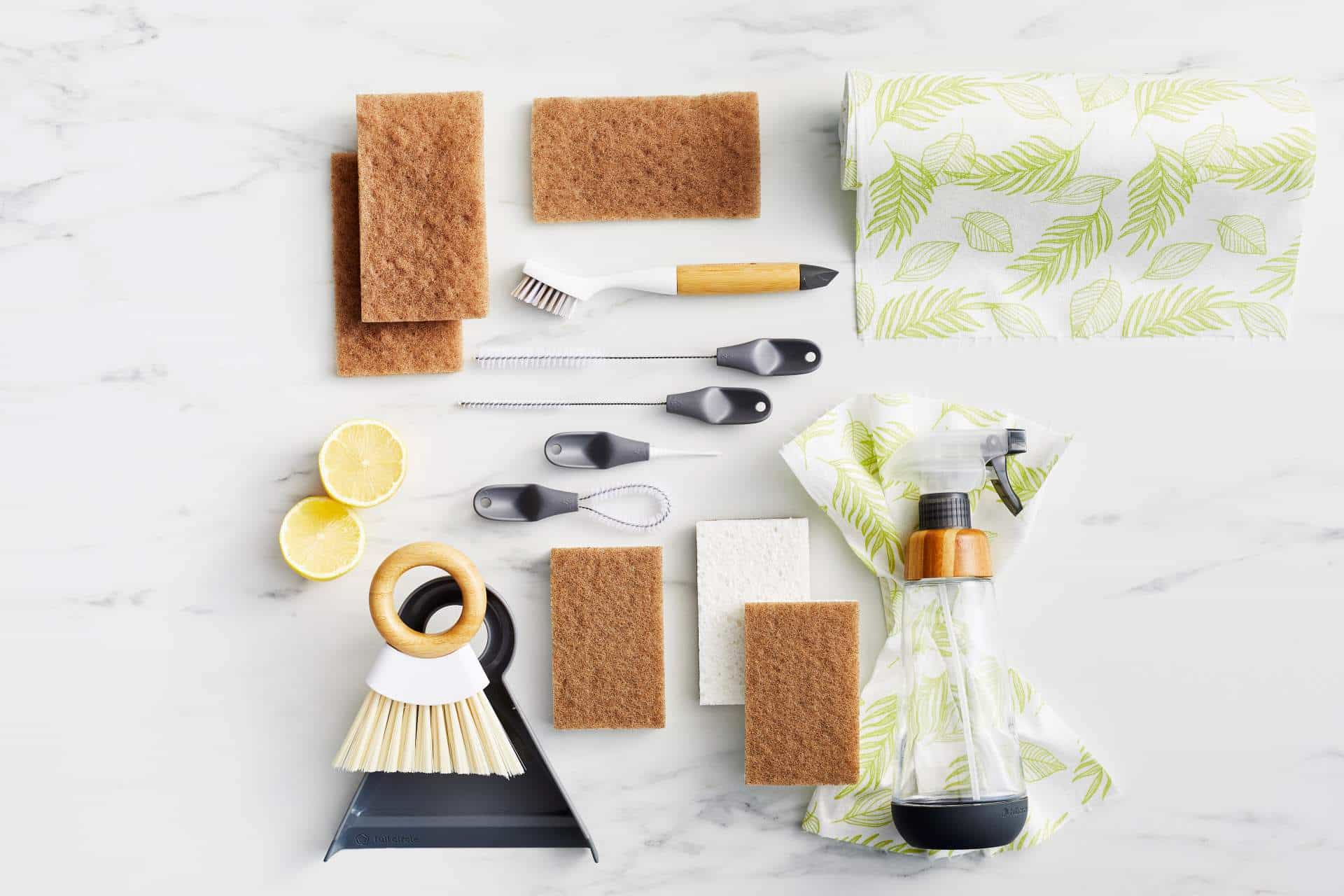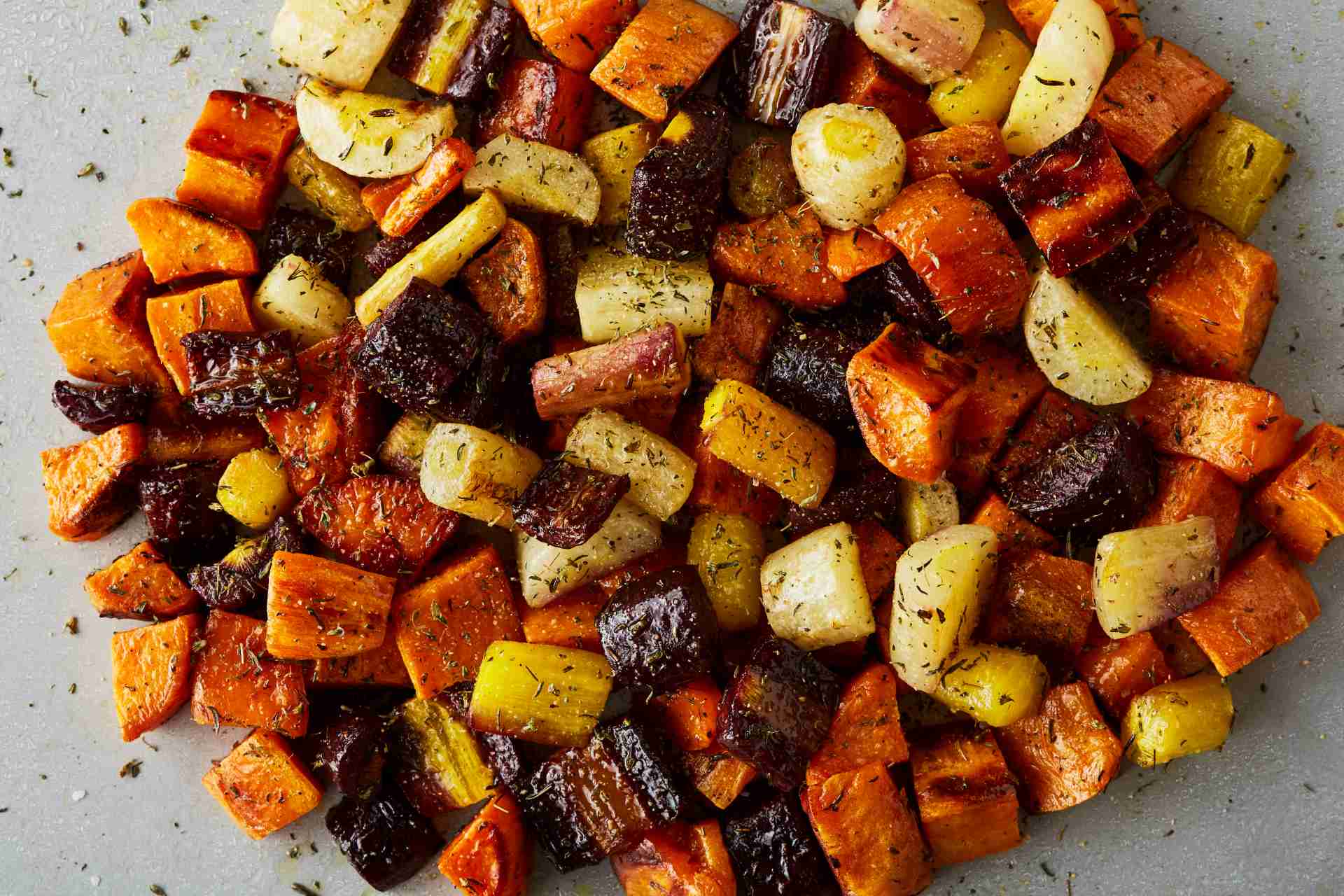A Spring reset.


If you’ve ever wondered whether there’s more to this mix-up than meets the eye—or the fork—you’re not alone. While they do share some similarities, yams and sweet potatoes have their own unique qualities that can make a big difference in your holiday dishes.
Before you plan your menu, let’s peel back the confusion and dig into what sets these two root veggies apart.
Hungry for more? Elevate your holiday hosting skills with our Culinary Classes! Whether it’s a classic Knife Skills class or about the ins and outs of a French pâtisserie, you’ll be the host with the most this season!
Yams are starchy tubers mainly grown in Africa, Asia and the Caribbean. With their rough, bark-like skin and dense, dry flesh, yams are quite different from the sweet potatoes they’re often mistaken for.
They come in a variety of colors, from white to purple or reddish hues, and they can grow impressively large—sometimes up to several feet in length! Their firm texture and mild, earthy flavor make them perfect for dishes that call for something hearty.
Unlike sweet potatoes, yams aren’t naturally sweet. Their taste is more neutral, similar to a regular white potato, but drier and starchier. Because of this, they’re often used in savory recipes where their texture can really shine, like stews or alongside rich gravies.
Sweet potatoes are one of the most versatile vegetables out there, and they’ve earned a permanent spot on many holiday tables—especially at Thanksgiving.
Native to Central and South America, sweet potatoes are typically smoother-skinned than yams and come in a variety of colors, but the most common ones you’ll see are either orange-fleshed or white-fleshed. They’re much sweeter than yams and have a soft, creamy texture when cooked, which is why they show up in everything from casseroles to pies.
There are two main types of sweet potatoes:
The primary distinction between yams and sweet potatoes lies in their taste:
In terms of taste, yams are best suited for dishes that benefit from their dense, less sweet profile, like a savory soup or fried dish. Sweet potatoes, with their natural sweetness, are versatile enough to be used in both savory and sweet dishes, often as a star ingredient.
If you’re short on time or just looking for convenience, canned yams or sweet potatoes can be a real lifesaver, especially during the busy holiday season. But here’s the thing: most canned “yams” in the U.S. are actually sweet potatoes. The labeling confusion strikes again, so if you’re grabbing a can off the shelf, you’re likely getting sweet potatoes, not true yams.
Canned sweet potatoes are typically pre-cooked and packed in syrup, which makes them extra soft and sweet—perfect for recipes like sweet potato casseroles or pies. While they lack the firm texture of fresh sweet potatoes or yams, they’re a quick and easy way to add that comforting sweetness to your meal without the hassle of peeling, chopping and roasting.
So, whether you’re pressed for time or just want to simplify things, canned sweet potatoes (or mislabeled yams) can save the day while still delivering that rich, comforting flavor we love during the holidays. Just be mindful of the added syrup—if your recipe is already sweet, you may want to rinse them off or adjust the sugar.
If you find yourself needing to substitute one for the other in a recipe, here are a few tips:
Finding yams and sweet potatoes can be a bit confusing, especially since true yams are rarely found in typical U.S. grocery stores.
If you’re specifically after true yams, your best bet is to check out international markets that cater to African, Caribbean or Asian cuisines. These yams have rough, bark-like skin and a dense, starchy texture.
Most stores label orange-fleshed sweet potatoes as “yams,” but they’re actually sweet potatoes, which are much easier to find. If you want fresher or more unique varieties, farmers markets can be a great source for local, seasonal sweet potatoes that might not be in your regular grocery aisle.
Hungry for more? Elevate your holiday hosting skills with our Culinary Classes! Whether it’s a classic Knife Skills class or about the ins and outs of a French pâtisserie, you’ll be the host with the most this season!
Join The Conversation